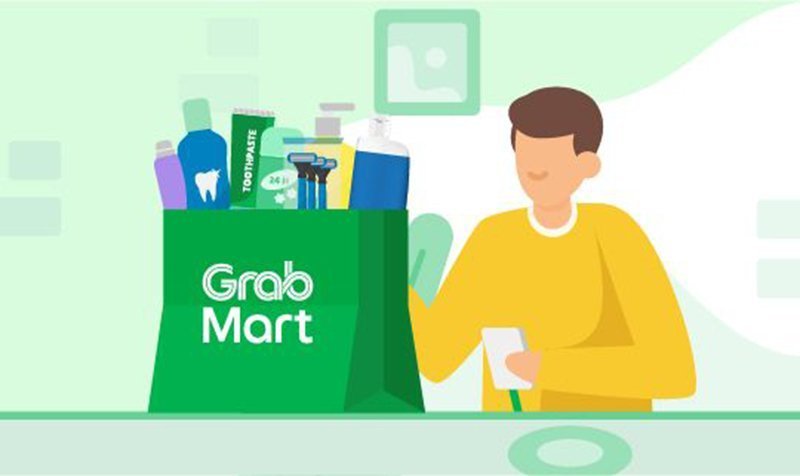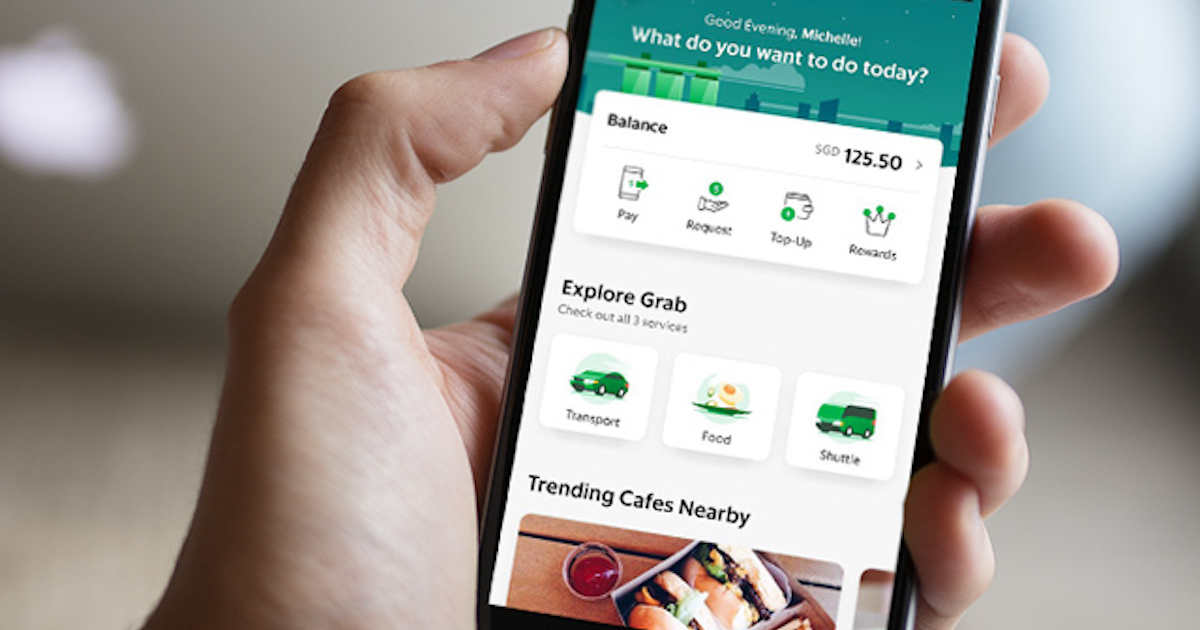Steve Jobs once remarked that “you can’t connect the dots looking forward; you can only connect them looking backwards” — and this is particularly accurate in business, since few things in it are predictable in advance.
When Anthony Tan and Tan Hooi Ling launched MyTeksi a decade ago, they probably didn’t envision how far it would take them.
Similarly, when COVID-19 struck last year, seemingly upending their entire business model — thus far built on providing mobility to people who suddenly had to stay at home and not go anywhere — they probably weren’t quite sure what the impact on their business may be.
Indeed, Grab’s growth was halted early on, as the company posted its first drop in sales in history, after a slump in the second quarter of 2020, during the strictest restrictions imposed across Southeast Asia.

But today, we know that it has also been a pivotal moment, which quickly revealed the value of the decisions they made mere two years later, when they ventured into food deliveries.
As Grab is gearing for its quasi-IPO through a SPAC (special purpose acquisition company), the company has began publishing its financials this year for the first time ever, so we can now take a peek into its past and current operations.
On the face of it, offering deliveries was a natural extension of the mobility services, just that instead of people, they were moving food this time. It was also a strategy that their role model Uber, which pioneered in America a few years earlier, adopted before exporting it with its Uber Eats app around the world.
Unexpectedly, however, it has proved to be a shock absorber during the pandemic.
Becoming a delivery-first company
I don’t think that prior to 2020, anybody seriously considered that billions of people might, almost overnight, be restricted from leaving their houses to go to work or do their shopping.
Grab, like Uber and many others, was built on a promise of easy, quick, safe personal transportation, that could be summoned anywhere, anytime via a mobile app.
Since people spend most of their time outside of their homes, it seemed that demand for such convenient mobility services is always bound to be high. And then COVID-19 came and did the unthinkable to all of us.
That was when on-demand logistics that companies like Grab offer — connecting individual drivers to individual customers — proved their amazing adaptability.
If people couldn’t come to products, then products could now come to people — all within the same, single app environment.

Grab quickly launched and expanded its GrabMart service, which it had presciently piloted in Malaysia and Singapore in 2019. Together with GrabFood, you could now get all your basic needs covered without leaving your house, often within as fast as 30 minutes.
The impact it made is quite remarkable:
- It has helped everyone who was stuck at home get what they need.
- It has helped many drivers readjust to the new reality and save their falling incomes.
- It has helped to provide employment to even more delivery people, who now had to serve many customers more than before, supplementing incomes of many who faced unemployment during the pandemic-induced economic crisis.
- It has helped entire national economies and the anti-pandemic effort by providing crucial logistical backbone that made it possible for millions to stay at home and wait for their goods to arrive, reducing transmission of the virus.
- Finally, it has helped companies like Grab themselves to weather the crisis with relative ease and emerge from it even stronger than before.
In the end, the drop in business was only temporary and the company bounced back in the third and fourth quarter, posting historically record revenues.

The pace has carried on into 2021, with Adjusted Net Sales (a new label for “Adjusted Net Revenues” in Grab’s current documents) reaching US$550 million in the second quarter of this year, surpassing the US$506 million reported in Q4 2020.
The only difference is that it has now become a delivery-first company, as ferrying products and food are now its primary revenue sources.
As various forms of work from home are here to stay, the growth of on-demand mobility may not be quite as high as before but reverse services, through which various things make their way to people who need them, are bound to fill these gaps.
Building on its success, Grab is already expanding GrabMart with GrabSupermarket service in Singapore, partnering HAO mart to offer 10,000 products for next-day delivery.
Every crisis is also an opportunity, and Grab has made the most of it by proving its capable of a swift adjustment to very rapidly changing situation that has affected its operations in multiple countries at the same time.
But it has also helped the company to roll out its new services that it only cautiously tested in the year prior. All of a sudden, the limited pilot of GrabMart turned into a large-scale launch across borders — allowing Grab to expand its audience, reinforce trust in its app as well as customer loyalty, since users now have more reasons to use the app than before (and have been forced by the circumstances to make the most of it).
As we are slowly returning to normalcy, the turbulent 2020 will be remembered as a year which — despite all of its pains — has accelerated digital innovation and convinced millions of the value and convenience of multipurpose apps like Grab.
This surely must be a cause for celebration in a company that is about to go public by the end this year.
Featured Image Credit: Grab








